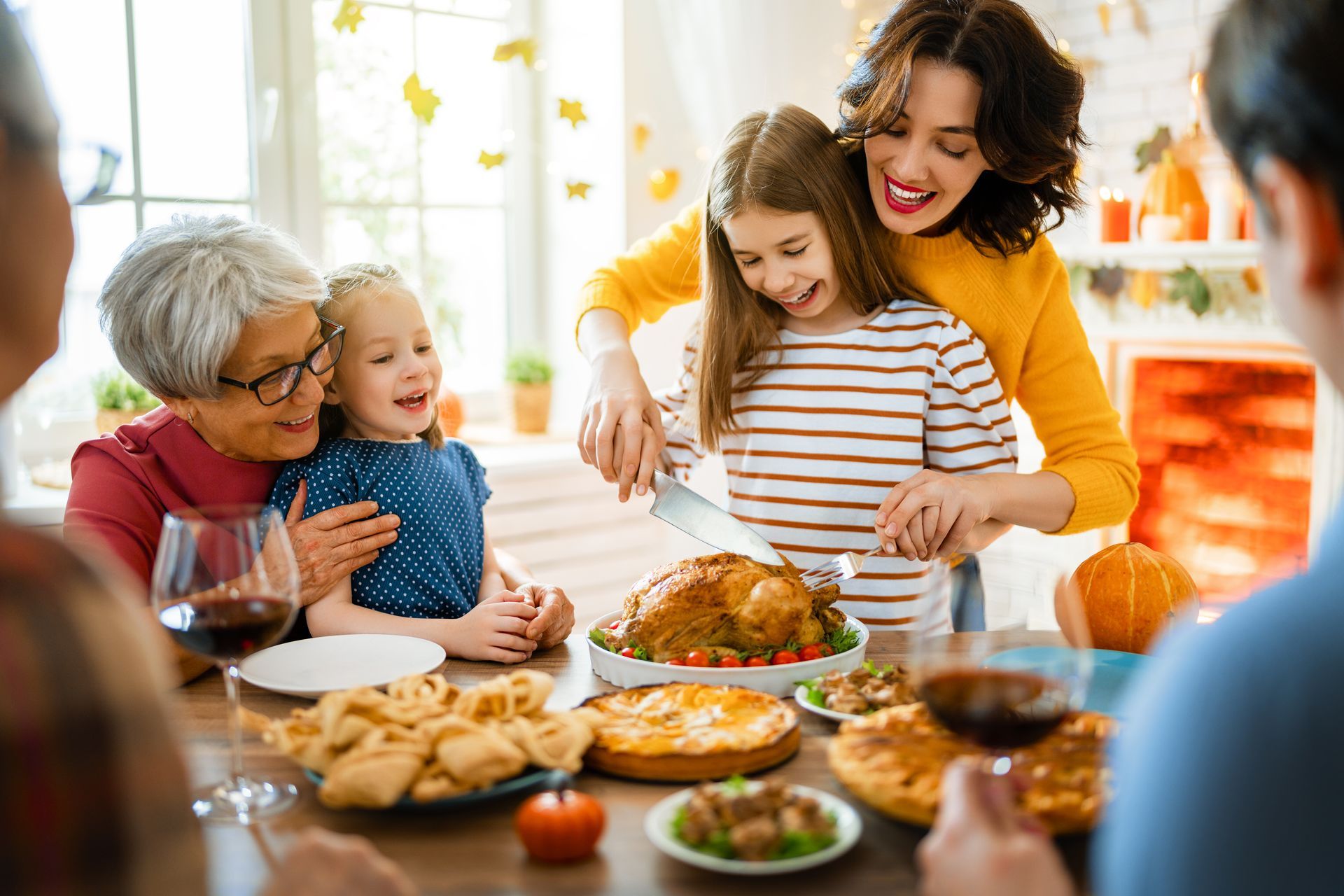By Claudia Correia
•
July 30, 2025
Do you prioritise family mealtime? In today’s fast-paced environment, where everyone often feels pulled in different directions, family meals can be easily dismissed and missed. Family meals can be truly magical; besides nourishing, they pull families into unity and support mental, physical and emotional health. The benefits span across all age groups. In teenagers specifically, a large body of research shows that families who have meals together show: • Better school performance, with a higher likelihood of achieving A’s, is in school. • Lower the risk of teenage behaviours such as smoking, substance abuse, eating disorders, teenage pregnancy and violence. • Lower risk for depression and anxiety, and higher self-esteem • Lower obesity risk and better cardiovascular health Family meals can play a vital role in strengthening family bonds, promoting stability, and fostering a sense of unity and connectedness. They also have the potential to enhance the developmental assets of adolescents, including problem-solving skills and social-emotional growth. Additionally, family traditions and routines, such as shared meals, provide a sense of consistency and an opportunity to connect while promoting healthy attitudes and behaviours related to food. Family meals are also powerful for adults, as well, with parents having better nutrition, less dieting patterns, more self-esteem and lower risk of depression – I see this happening every day in my practice. Eating meals together as a family also has a profoundly positive impact on the child’s and adolescent’s eating habits and diet quality; the more meals eaten together, the greater the impact. Number of meals together In today’s world, where schedules are packed and families barely meet, meals together can sound like quite an unrealistic task. Frequent regular family meals are usually defined as 3-7 times a week, keeping the consistency, reflect a sense of connection and priority. So, if you have only one meal a week together, consider how you can adjust your schedule to increase the number of family meals you have routinely. We have at least 16 possible times for families to eat together—seven breakfasts, seven dinners, and two weekend lunches. And let’s not forget snack time or bedtime snacks, which can also be used as a meaningful connection time over a fruit, nuts, and a glass of milk or a cup of yoghurt. Making family meals engaging and welcoming The ideal meal combines nutritious, balanced, and delicious food with fun and conversationbut not always easy to cultivate a welcoming and open environment and dining table. If keeping the conversation with your teen is hard, thefamilydinnerproject.org has some creative tips. Here are some: • Set an example and keep devices out of the dining table, and avoid getting distractedby them. • Encourage Sharing. Invite each family member to share highlights from their day or something they’re looking forward to. This sets a tone of openness and encourages everyone to participate. Start the conversation by sharing something about your day and asking for feedback from the children, e.g., how would you suggest Dad deals with his co-worker in that challenging situation? • Celebrate Small Wins . Use mealtime to acknowledge achievements, no matter how small. Celebrating these moments can boost a teenager’s self-esteem. • Cook Together. Involve your teenagers in meal preparation. This not only teaches them valuable life skills but also creates a shared experience that can make the meal more enjoyable. Play games if talking and sharing at the dining table is not something you are comfortable with yet ; games are a great way to break the ice. Here are some examples: • 20 Questions: One person thinks of an object, person, or place, and the others take turns asking yes-or-no questions to guess what it is within 20 questions. • Would You Rather?: Pose fun or silly hypothetical questions, like “Would you rather have the ability to fly or be invisible?” Everyone takes turns answering and discussing their choices. • Story Building: One person starts a story with a sentence, and each person adds a sentence to continue the story. This can lead to some funny or creative narratives! • Two Truths and a Lie: Everyone takes turns sharing two true facts and one false factabout themselves—the rest of the family guesses which is the lie. • Table Trivia: Prepare some trivia questions about family history, fun facts, or themes related to the meal or occasion. • Guess the Song: Hum or tap a rhythm of a song, and others try to guess what it is. You can even create categories like “Disney songs” or “80s hits.” • Charades: Act out a word or phrase without speaking, while the others guess what it is. This can be themed according to the season or a holiday. In Conclusion The link between family meals and mental health outcomes is clear. By prioritising shared mealtimes, families can not only improve their physical nutrition but also enhance emotional well-being through the connections formed around it. Even if it starts with just a few meals a week, the long-term effects on mental health and family bonds are profound. So, consider making family mealtime a cherished routine—you might be surprised by the positive changes it brings to your family dynamic One last note – don’t beat yourself up if family meals are not picture-perfect or don’thappen with the “right” consistency. Knowledge is power, and being aware of the benefits of family meals is important; therefore, this article. However, we also know that “life happens” sometimes, and family mealtime might be put on the backburner during these busy periods. That will not make you and your partner a failure, only human. Just restart building these routines again, step by step – these habits are utterly worth fighting for. Claudia Correia Dietitian and mother of two Accredited Dietitian of Singapore References Harrison, M. E., Norris, M. L., Obeid, N., Fu, M., Weinstangel, H., & Sampson, M. (2015). Systematic review of the effects of family meal frequency on psychosocial outcomes in youth. Canadian family physician Medecin de famille canadien , 61 (2), e96–e106. https://thefamilydinnerproject.org/ https://www.raisingteenagers.com.au/power-familymeals/











